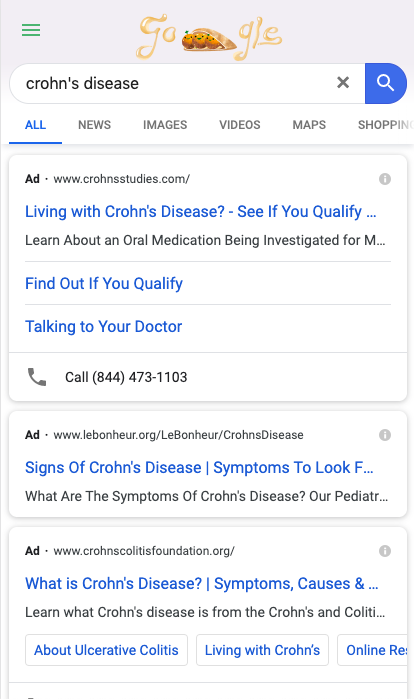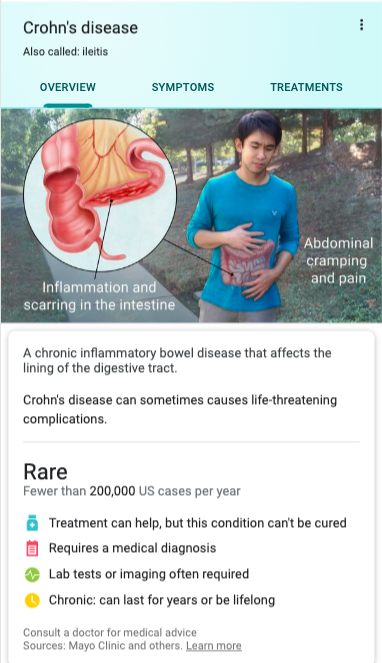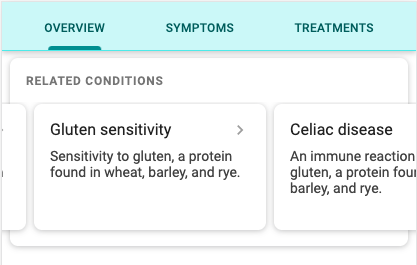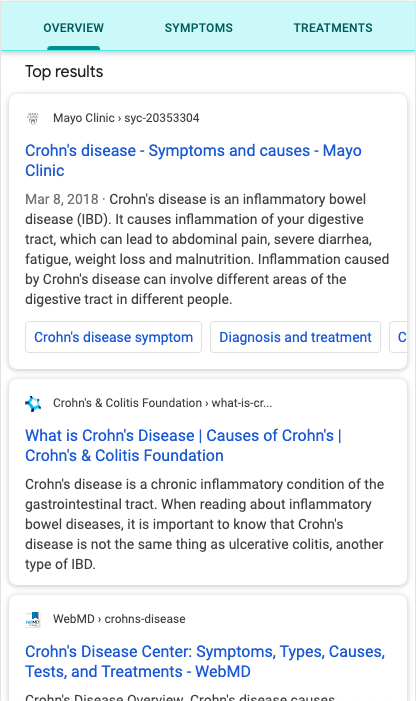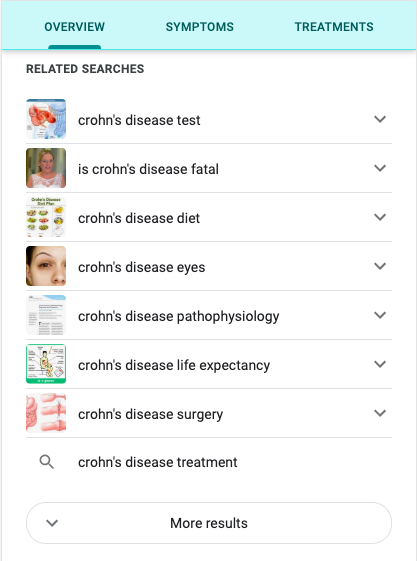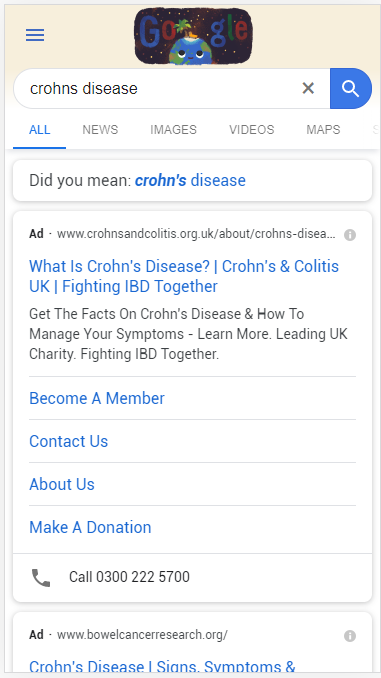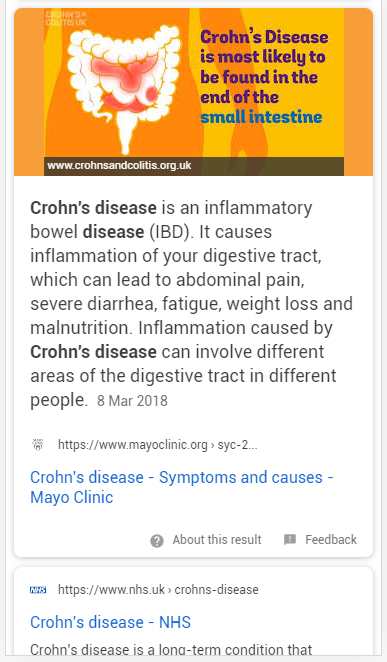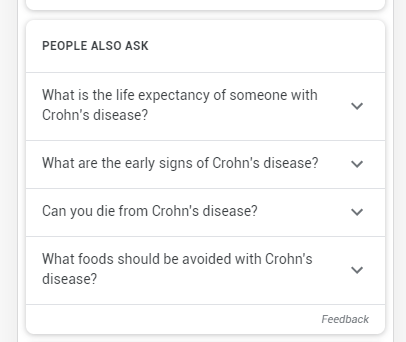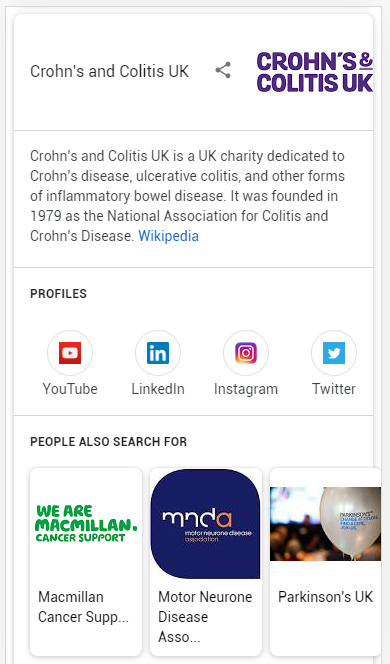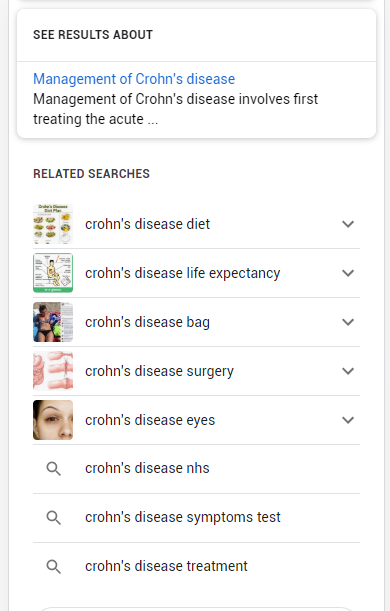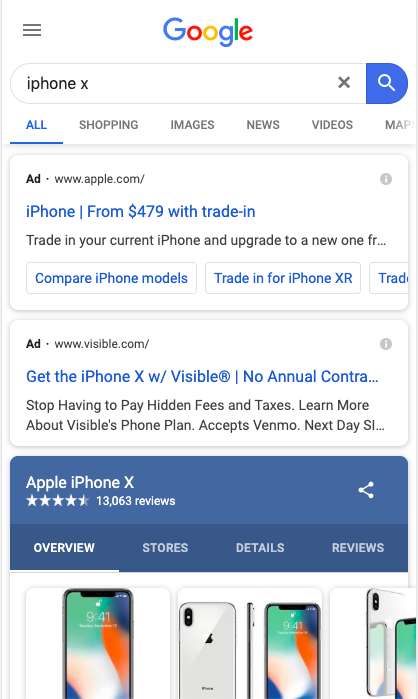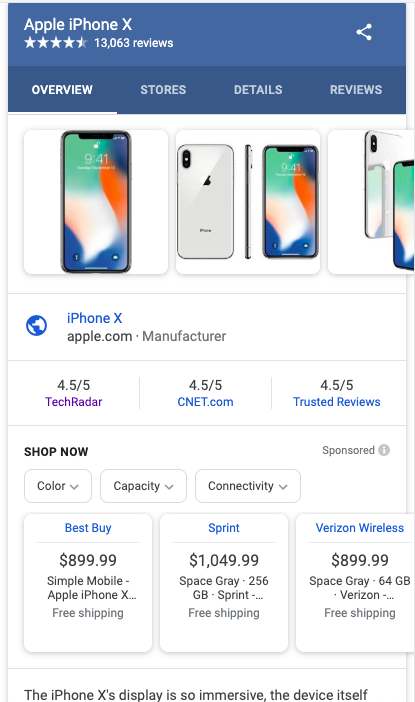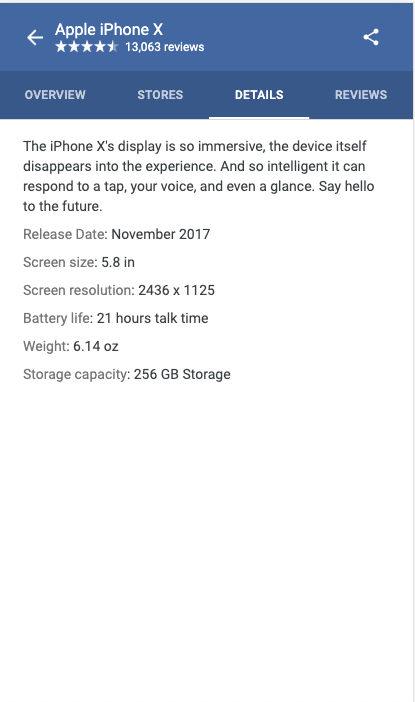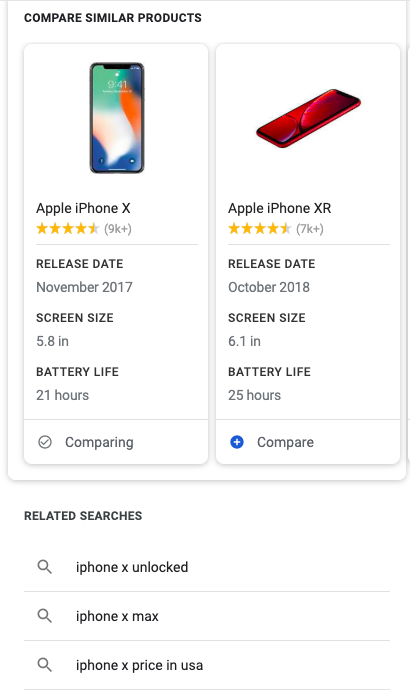Half of all search queries fail to result in any user click – and only around 40% of search queries lead to someone visiting an organic (non-paid) website. These numbers were presented by Moz founder, Rand Fishkin, in a recent analysis. Inspired by these findings, we’ve taken a look a few selected search engine results pages to see which SERP Features are dominating the Google real estate.
Would you like to analyze the spread of SERP Features for different search engines, devices, countries and domains? Our Research Cloud lets you run your own analysis of all the most important SERP integrations like videos, Knowledge Panels, Featured Snippets, Google Jobs etc. This way for more info:
Only 40% of search queries result in an organic click
Anyone who has seen a recent presentation or read something by Rand Fishkin will know that the last three years have seen a lot of movement regarding click-rates in the Google SERPs. This lends great weight to the theory that Google is getting ever-closer to transforming itself into an answer engine. Fewer users clicking on results means more users who are remaining within the Google universe. They don’t have to visit an external website because Google itself is able to provide the answer they need. The search engine giant is improving its ability to curate content and to provide information directly, that would at least seem to satisfy many users.
A new analysis, carried out by Rand Fishkin, reveals very interesting results. The data presented comes from the analytics software company, Jumpshot, who use various browser extensions to generate click-through rates for various SERP metrics.
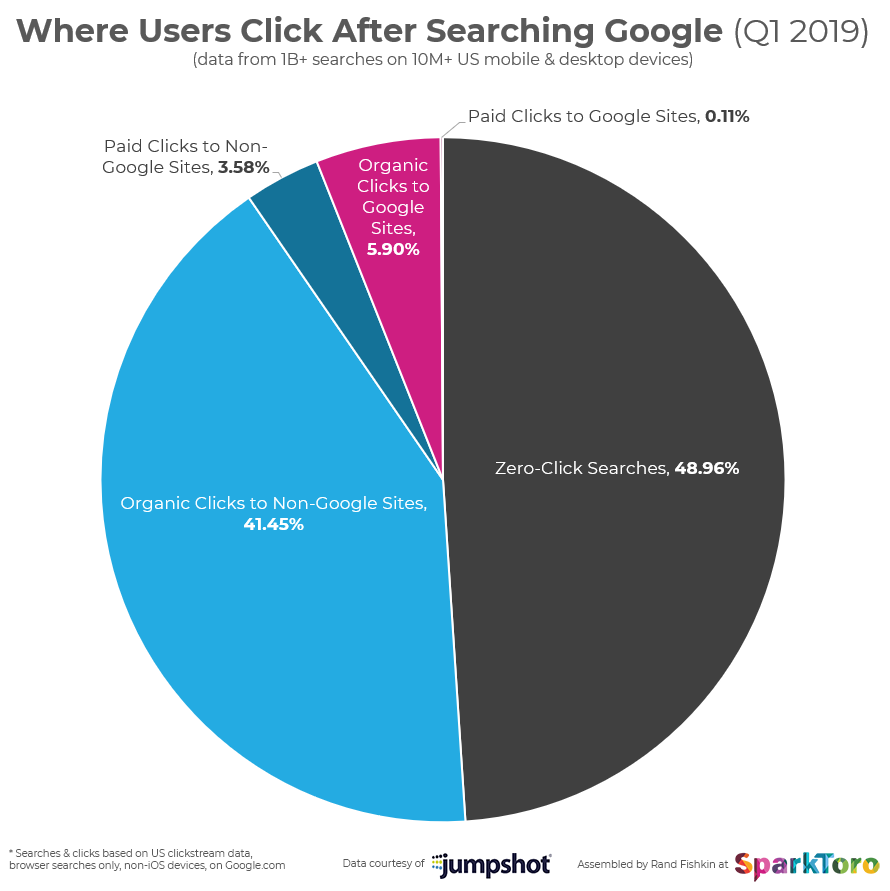
The data for the chart is from Q1 2019. The comparison values from the last three years also come from analyses carried out by Rand Fishkin:
- 49% of all search queries fail to result in a click; an increase of 12% versus three years ago
- 41% of all searches result in clicks to an organic, unpaid third-party website; a reduction of 13% versus three years ago
- 5.9% of searches lead to clicks on Google’s own services, such as YouTube, News, Maps etc.
- 3.6% of searches result in a paid click. Google has managed to increase the CTR of paid ads by 75%.
- Google has increased its profits by 47% in the last three years.
I’m currently working on an analysis for an American science magazine and I’ve been looking at several examples SERPs for individual keywords. These provide a good demonstration of what is currently happening on the Google.com search results pages in the US, even though these changes haven’t yet taken hold in other parts of the world.
To conduct local searches, I used a tool built by Valentin Pletzer and then used the Chrome developer tools to simulate a mobile (iPhone 7) user.
Detailed SERP Analysis for the Keyword “Crohn’s Disease”
If you search for “Crohn’s Disease” on your phone, then you get this search results page. As is often the case, the above-the-fold area is dominated by ads.
What’s next is a Knowledge Panel about Crohn’s Disease. These Knowledge Panels for health topics aren’t the same as regular Knowledge Panels with basic information about a topic. The first thing of interest is: The Knowledge Panel Menu (Overview, Symptoms, Treatments) is sticky, meaning it stay in the head area of the page even when the user swipes down.
The Knowledge Panel consists of four main sections:
- (Menu, sticky) – Click does not go to a third-party site
- Infographic – No click required
- Definition – No click required
- Specification/description – No click required
The next element on the SERP is a box with “Related conditions”. Clicking here opens up a new search results page – meaning that the user has still not left Google and has still not visited a third-party website.
Next we have a “People also ask” box. This is the first chance that Google is giving users to click on an organic (non-ad) link to a third-party website. You can see how the Knowledge Panel menu is trying hard to make we carry out an internal click.
Going further down the Crohn’s Disease SERP, we find info-boxes with symptoms and treatments. A user who clicks here will also stay on the SERP – and the Knowledge Panel menu remains sticky and visible.
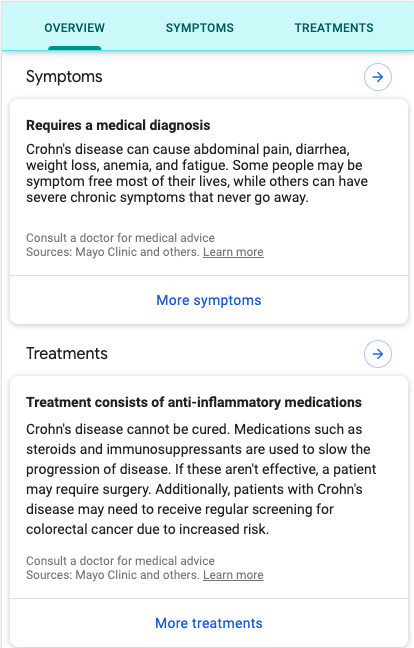 Only then, having already swiped many times and got about half way down the page, do we start to see organic search results, entitled “Top Results”. This is where the user can click to navigate directly to a third-party website.
Only then, having already swiped many times and got about half way down the page, do we start to see organic search results, entitled “Top Results”. This is where the user can click to navigate directly to a third-party website.
Before long, the organic results are interrupted by a news box, that also allows for clicking on links to external sites. You can see, however, that the sticky Knowledge Panel menu is still there.
Below that we have a “Related Searches” element that the user can click to open an answer box. This is another SERP element that doesn’t immediately generate external clicks – only after having first opened the box is the user presented with an opportunity to click through to the external site that has provided the snippet.
CONCLUSION: This example shows almost perfectly how Google is serving the user intent of the search query “Crohn’s Disease” – and makes it clear why many users won’t need to click through to and visit an external site – all the relevant information is already being provided on the SERP by Google.
Detailed SERP analysis UK
The example above was taken from the US search results. If we look at the SERP for the same search term, “Crohn’s Disease”, for searchers in the UK, we see several differences. To start with, the above-the-fold area is, like in the US, filled with adverts.
The next element is a Featured Snippet that displays an extract from a website Google has selected as being relevant. In theory, the user doesn’t have to click here, but if they do, then they are directed to the external site. In this case, the source of the Featured Snippet is mayoclinic.org, which also provides (some of) the information for the extensive Knowledge Panel displayed in the US results. The Featured Snippet is followed by organic results, starting with one for nhs.uk.
After just two organic results, we have the “People also ask” integration, which, when clicked, opens up further Featured Snippets. Again, these do not require a click to at least communicate some information to the user – only if they require more detail do they have to click through to the external site.
Towards the bottom of the SERP, after several more organic results, there is a Knowledge Panel that has been claimed by the charity “Crohn’s and Colitis UK”. Clicking on “More about…” reveals four links to the charity’s social media profiles (including YouTube, which is obviously a Google-owned property).
The SERP is completed by a “See Results About” box and a list of “Related Searches”, all of which generate a new search query with a new Google search results page.
To get to what is effectively page 2 of the SERPs, users have to click “more results”, which loads the next set of organic links.
CONCLUSION: The main difference in the United Kingdom is the lack of health-specific Knowledge Panel. This (particularly with its sticky header and tab structure) makes a huge difference though, meaning that Google is currently not as aggressive in keeping UK users on the SERP. However, with “People also ask”, “Related Searches” and “See Results About”, Google is already going a long way to answering users’ questions directly.
SERP Features Overview: USA vs. UK in the Health Industry
We can take a step back now from this one highly-specific example, and look at the big picture. Let’s compare the how often SERP Features appear for health-related keywords in the US and the UK. IN particular, I’m focusing on Related Questions, Featured Snippets and Knowledge Panels.
To get a representative health-related keyword set, we can analyze the market for healthline.com, meaning all keywords that healthline.com ranks for. Related Questions are displayed most of the time (92% on desktop, 88% on mobile), with Featured Snippets (56% on desktop, 30% on mobile) and Knowledge Panels (just under 50% on desktop and mobile) also frequently appearing.
In the UK – now based on the keyword set of nhs.uk – we see fewer Related Questions (82%), fewer Featured Snippets on desktop but slightly more on mobile (42% and 32%) and much less presence of Knowledge Panels (only 32% on desktop, 27% on mobile).
The Keyword “iPhone X”: How Google is increasing its revenue from the SERPs
I will now present another example – this time from eCommerce. This will demonstrate how Google has perfected its ad business and is pushing clicks onto its Product Listing Ads (Google Shopping). As an example, I’ve looked at the keyword “iPhone X” and the search results as displayed on a smartphone in the US.
What we get at the top of the SERP is two ads, followed by a Product Listing Ad block that is masquerading as a Knowledge Panel:
If we look at this apparent Knowledge Panel, then we can see that Google is using the entire visible area of the screen to let users click through this ecosystem and then go shopping on external sites – Google then gets its own cut of the revenue generated by these clicks. The menu contains four tabs: “Overview”, “Stores”, “Details” and “Reviews”. There are also product images, a link to Apple and, in a “Shop now” section, opportunities to filter the product more precisely according to color, capacity etc., as well as links to merchants’ websites.
If a user clicks on the tab “Stores”, then Google shows a list of different providers with prices and delivery conditions. Any clicks here will take users to external sites – with Google again getting its cut.
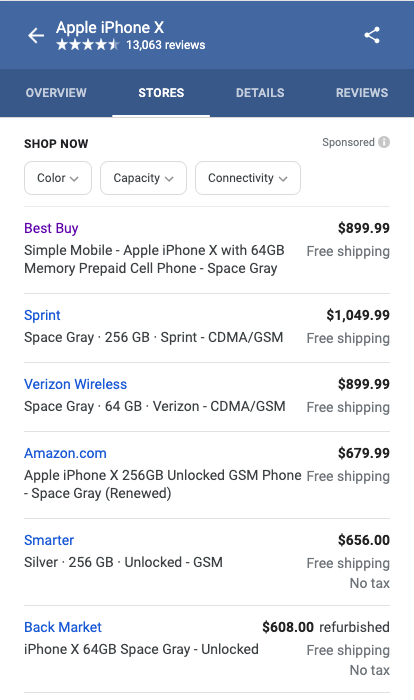 In the next tab, “Details”, users are shown product specifications.
In the next tab, “Details”, users are shown product specifications.
The next tab, “Reviews”, contains exactly what you would expect. Here, Google displays highly-prominent review sources that can also attract a click on an organic, unpaid external site. Of more interest are the elements underneath these links – a search bar and a set of common search buttons:
If the user clicks on these, they can search within the reviews for particular topics and keywords. However, the 13,000 reviews listed here are all keep users within the Google universe – they do not lead to external sites.
If we leave this cross between a Knowledge Panel and Product Listing Ads, then the SERP consists of organic results, a “People also ask” box, and Top Stories (news). The end of the SERP, however, shows another element – a product comparison widget:
As we did for health-related keywords, we can also compare the presence of SERP Features in the USA and UK, now for eCommerce – by using the underlying keyword sets for amazon.com and amazon.co.uk.
In the US SERPs on mobile, we see that Knowledge Panels appear for 50.6% of amazon.com’s keywords – so a Knowledge Panel of this kind is displayed half the time. Classic Product Listing Ads appear for 14.6% of keywords.
In the UK, the rate of Knowledge Panels is much lower, at just 34.5%, but Product Listing Ads are more common, appearing for just over 1 in 4 (26.7%) of amazon.co.uk’s keywords.
CONCLUSION: Google is aiming to provide consumers with all the advice they need to make their purchase decision. This leaves only a few opportunities for external websites to generate organic, non-paid traffic. Instead, Google offers vast amounts of information by constantly scraping the web and by analyzing user behavior – meaning it can display the most important information from third-party websites and answer numerous different user questions and provide solutions for various different problems, without the user having to leave the Google universe. Until, that is, they are ready to actually make the purchase – but external sites that get these converting clicks have to pay Google for the privilege.
Google on its way to becoming an Answer Engine
The example from the health sector and the eCommerce example both provide background to the click numbers published by rand Fishkin. Google is working hard to keep users on its platform, to give direct answers and to influence purchase decisions. You could argue that Google has observed the inability of many websites to provide users with quick, structured content, and to satisfy users with an acceptable customer journey. In my opinion, however, you can trace this develop back to the increased use of smartphones and the changes in how users search, as well as Google’s preparations for technologies like Voice Search & Visual Search.
For information-based queries like the “Crohn’s Disease” example, Google has to present the information in a highly structured way, in order to provide a fast and acceptable answer. In this case, Google can’t direct a Voice Search user to another website – it wouldn’t really make sense to. Being able to present information in this way is Google’s real advantage over Amazon.
The iPhone X example is also important when considering Google’s battle with Amazon and their Voice Assistant “Echo”. This is because Amazon Echo’s big advantage over google Home is the link-up to Amazon’s vast marketplace, where people can (theoretically) purchase products via Alexa.
Google – as of today – can only guarantee such a seamless connection by optimizing its Product Listing Ads feed. In theory, Google could be able to move from a click-based payment model to a marketplace fee, like every other marketplace has – or create some combination of the two, whichever proves more effective and profitable.
We are currently at the outset of Visual Search technologies being used commercially. Amazon and Snapchat have already started working together, and Google’s photo app, Google Lens, displays Product Listing Ads when I take and upload a picture of my Nike Air Max shoes.
In terms of Visual Search, Google is well-placed to ramp up its eCommerce activities because Google has access to all the relevant information, including high-res images, and can automatically display them.
The data presented by Rand Fishkin is, in my opinion, just the start of a major technological development and the next evolution in search and SEO. Exciting times.
Thanks for reading, and please let me know of your own experiences via the comments.
If you’d like to do your own SERP Features analysis for different search engines, devices, countries and domains, then you can. Find out here how you can leverage our Research Cloud to track the most important SERP integrations like videos, Knowledge Panels and Featured Snippets:

